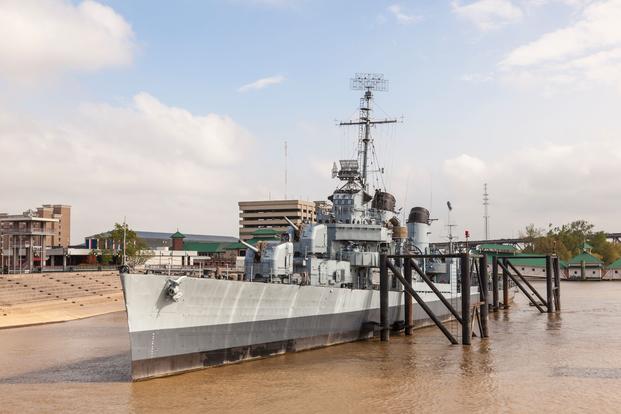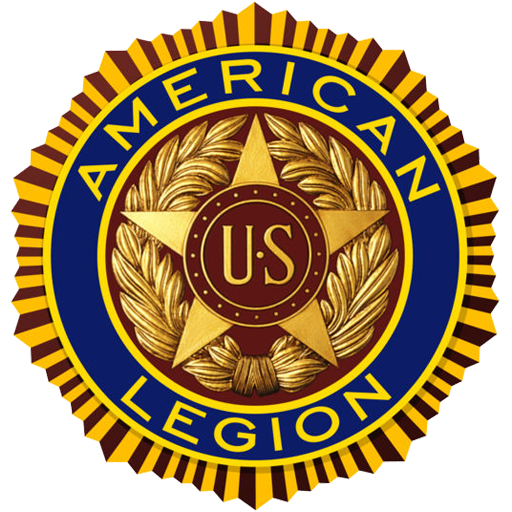
By Blake Stilwell
When it comes to World War II memories, the Merchant Marine doesn’t get as much love as it should. Leave it to Tom Hanks to shed a little light on just how dangerous the life of a merchant mariner really was.
Merchant Mariners in World War II depended on armed Allied naval forces to protect them. The 2020 movie “Greyhound” takes place aboard one of those ships, a U.S. Navy destroyer. It was filmed aboard a real World War II-era destroyer, the USS Kidd.
During wartime, the Merchant Marine becomes an activated component of the U.S. Naval Reserve. In World War II, crippling British shipping was a key tactic of the Axis pact, so Merchant Marine ships immediately became high-priority targets for Nazi submarines.
These merchant seamen suffered an almost 4% overall casualty rate, compared to 2.94% for the Marine Corps, 2.08% for the Army (and Army Air Forces) and .88% for the Navy. It was a tough job, and they needed protection.
In “Greyhound,” Hanks plays the skipper of a U.S. Navy destroyer, the USS Keeling (codenamed Greyhound). The Keeling is one of four Allied destroyers protecting a convoy of 37 shipping vessels and their crews. In the early days of the war, these convoys had to pass through the mid-Atlantic Gap, three days of sailing where air cover couldn’t help protect them.
It was a real-life gap known as “The Black Pit,” the most dangerous days of the journey. Fletcher-class destroyers like the USS Kidd were critical in the convoys’ defenses. While the Keeling (the ship portrayed in “Greyhound”) was purely fictional, the Kidd on which the film was shot has a turbulent history and served only briefly in the Atlantic.
The USS Kidd was launched in 1943 and named for Adm. Isaac C. Kidd, who was killed aboard the USS Arizona during the Japanese attack on Pearl Harbor — the first American flag officer to die in World War II. The Kidd started its career on escort duty with battleships in the Atlantic and the Caribbean. Later in 1943, it sailed for the Pacific War.
Kidd was part of the naval forces that hit some of the biggest names in the Pacific Theater: Rabaul, Bougainville, Tarawa, Guam and the Marianas. The ship was forced back to Pearl Harbor to make repairs in August 1944 but quickly returned to the fight. It arrived in time to support the February 1945 invasion of Okinawa, battering the island defenses, protecting the fleet from mines and shooting down kamikaze attacks.
Tragically, the Kidd suffered its own kamikaze attack while repelling air raids from Japanese dive bombers and kamikazes on April 11, 1945. The direct hit killed 38 sailors and wounded 55. It continued firing as it fought to stay afloat and headed back to its task force. After the kamikaze attack, the USS Kidd’s war was over.
By August, the Fletcher-class destroyer was on its way home to the United States via Pearl Harbor. It was in the Pacific Reserve Fleet from 1946 until the Korean War. In 1951, the USS Kidd was recommissioned and was used for shore bombardment and anti-submarine operations against North Korea until 1953. It continued anti-submarine and show-of-force missions throughout the early days of the Cold War until 1964, when it was finally decommissioned.
USS Kidd would be preserved as a museum ship and moored in Baton Rouge, Louisiana. To this day, the vessel is the only World War II-era destroyer in its original World War II configuration. The Kidd is the only place anyone can view an authentic WWII destroyer as it would have sailed in 1945.
This is likely why the producers of “Greyhound” chose to film aboard the Kidd instead of the other two Fletcher-class destroyers now moored as museum ships.

